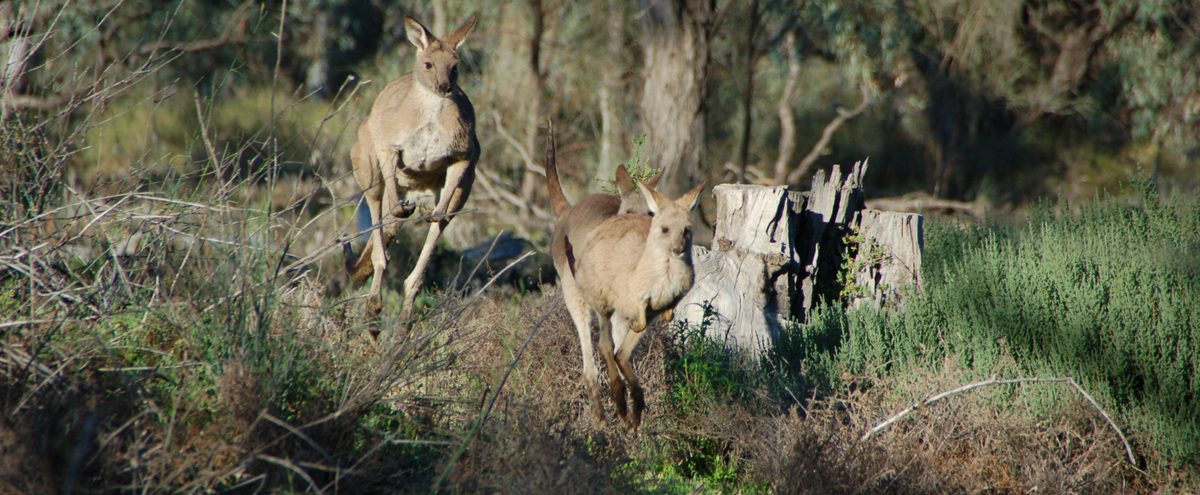
Managing over-abundant native species
A native species is over-abundant when the population grows to such an extent that it’s habitat can no longer support this number of individuals. The natural carrying capacity is exceeded, causing negative impacts to the environment and other wildlife, as well as causing economic damage to farming and other industries, and creating a nuisance or hazard in towns and cities.
Some native species have benefited from different land uses and the changes that people have made to the natural landscape. Food and water are far more available than what would occur naturally, and natural predators have been removed, leading to population booms. In other circumstances, the landscape has been changed substantially, leading to habitat fragmentation and causing populations to contract to these small areas and compete for resources.
Most over-abundant native species are native animals or birds who have benefitted from a changing landscape with new sources of food, water and shelter. Sometimes specific management strategies are required to contain population growth and reduce negative impacts while recognising that these species are naturally occurring and should have a place in the natural environment.
Kangaroos
Kangaroo numbers have increased substantially since European settlement, and they have become a problem across many areas of South Australia. Kangaroos have benefitted from large areas of land being managed for domestic grazing animals as well as removal of their natural predator, the dingo. Large numbers of kangaroos are adding significantly to totally grazing pressure in some areas, leading to competition with domesticated livestock, degradation of native vegetation, and significantly reducing the success of revegetation activities.
The Murraylands and Riverland Landscape Board are partners in the Kangaroo Partnership Project, a multi-region project to address the threats that unsustainably high kangaroo populations pose to the environment and the biodiversity that it contains. The project aims to find the common ground between environmental, economic, social and cultural interests that provide a basis for collaboration and shared responsibility for kangaroo management.
